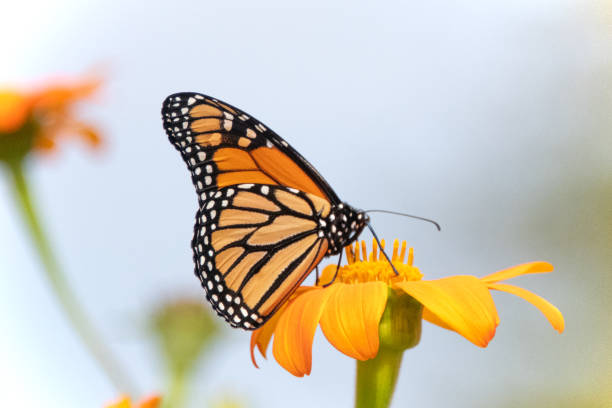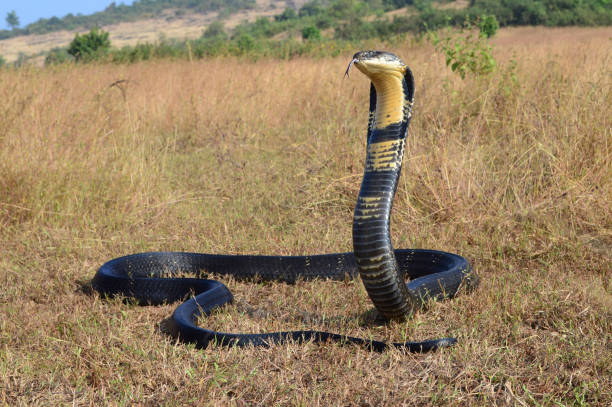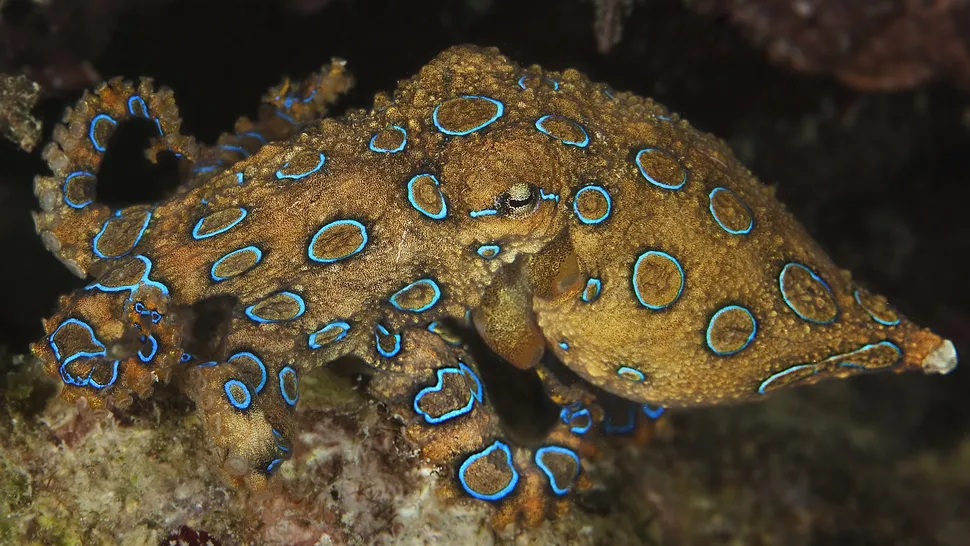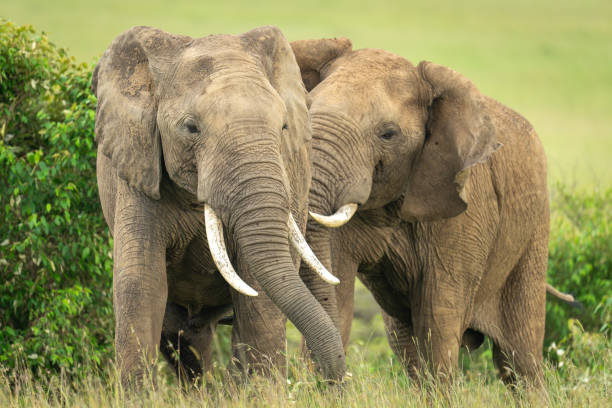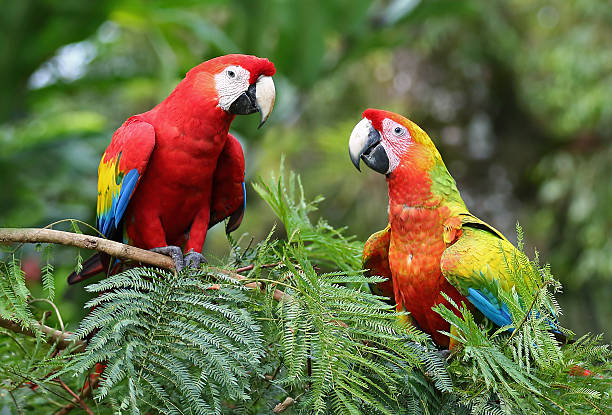There’s something ancient and hauntingly beautiful about spiders — those eight-legged weavers of silk who have survived for hundreds of millions of years, long before humans ever drew breath. They are both feared and admired, creatures of shadow and shimmer, whose delicate threads can catch light or life with equal precision.
Yet among the countless species of spiders that inhabit our planet, a select few rise above the rest — literally. These are the giants of the arachnid world: colossal, hairy, and awe-inspiring beings that stretch the limits of size, strength, and survival.
Their stories are not just about measurements but about evolution, adaptation, and mystery. Some dwell in the depths of humid rainforests; others lurk in deserts or underground burrows. All of them, however, remind us that nature never ceases to surprise — and sometimes, to terrify.
Let’s journey through the world of the ten largest spiders ever recorded — creatures whose presence blurs the line between nightmare and fascination.
1. Goliath Birdeater (Theraphosa blondi) – The True Giant
The undisputed monarch of spiders is the Goliath birdeater, Theraphosa blondi, a titan that stalks the rainforests of northern South America. With a leg span reaching up to 12 inches (30 centimeters) and a weight that can exceed 175 grams, it holds the record as the largest spider in the world by mass and body size.
Despite its name, the Goliath birdeater rarely eats birds. The name originated from an 18th-century explorer’s account of one devouring a hummingbird — a spectacle more dramatic than typical. In truth, its diet consists mostly of insects, small mammals, frogs, and sometimes snakes.
Its body is covered in dense brown hairs that serve multiple purposes: sensory detection, camouflage, and defense. When threatened, it uses a peculiar strategy — it rubs its hind legs together to release a cloud of urticating hairs that can irritate the skin and eyes of predators. If that fails, it rears up on its hind legs, baring its massive fangs — each up to an inch long.
Though intimidating, the Goliath birdeater is not deadly to humans. Its venom, while painful, is comparable to a wasp sting. What truly makes it a legend is not its danger but its presence — the feeling that one is standing before a relic of the Carboniferous era, when giants ruled the land.
2. Giant Huntsman Spider (Heteropoda maxima) – The Leggy Monster
If the Goliath birdeater wins by weight, the Giant Huntsman Spider claims victory in leg span. Discovered in a Laotian cave in 2001, Heteropoda maxima can stretch its legs an astonishing 12 inches across, making it the widest spider on Earth.
This pale, long-legged spider doesn’t build webs to trap prey. Instead, it’s a swift, stealthy hunter. Its speed and agility allow it to dash across walls and cave surfaces, ambushing insects, frogs, and even small lizards.
Unlike the bulky Goliath, the Giant Huntsman is slender and ghostly. Its cream-colored body blends perfectly with the limestone walls of its cave habitat. Scientists believe it evolved its elongated limbs to navigate narrow crevices and tight spaces.
There’s something almost otherworldly about this species — a reminder of how evolution sculpts life to fit even the strangest corners of the planet. Seeing one in the wild would be a surreal experience: a spindly phantom darting across the stone, silent as moonlight.
3. Brazilian Salmon Pink Birdeater (Lasiodora parahybana) – The Gentle Colossus
The Brazilian Salmon Pink Birdeater is a creature of striking beauty and size. Native to northeastern Brazil, this massive tarantula ranks among the world’s largest, boasting a leg span of nearly 10 inches and a body length of up to 4 inches.
Its name comes from the delicate salmon-pink hairs that shimmer against its dark body — a surprising touch of elegance for such a formidable predator. Despite its intimidating appearance, it’s known for being relatively docile, especially in captivity.
Like many large tarantulas, it feeds on insects and small vertebrates, overpowering prey with sheer strength and venom before consuming it with powerful fangs.
In the exotic pet world, the Salmon Pink Birdeater is beloved for its calm demeanor and impressive size. It’s the kind of spider that commands attention not through aggression, but through sheer presence — a velvet-clad giant that moves with quiet confidence.
4. Grammostola anthracina – The South American Survivor
The Grammostola anthracina, found in Uruguay, Paraguay, and Argentina, is one of South America’s largest and hardiest tarantulas. With a leg span that can exceed 10 inches, it’s a slow-moving but resilient hunter, adapted to both grasslands and arid regions.
This spider is a master of patience. It spends most of its life hidden in burrows, emerging only at night to hunt. Its thick, dark brown hair helps it blend into the soil, while its venom efficiently immobilizes insects and small vertebrates.
What makes G. anthracina remarkable isn’t just its size, but its longevity. Some individuals have been known to live for over 20 years, making it one of the longest-living spiders in the world. Females, in particular, can live decades, while males perish soon after mating — a stark reminder of nature’s balance between survival and sacrifice.
Its calm nature and adaptability have made it a favorite among tarantula enthusiasts, but in the wild, it remains a silent sentinel of the southern plains — ancient, enduring, and fierce.
5. King Baboon Spider (Pelinobius muticus) – The Warrior of the Desert
Beneath the dry savannas of East Africa lurks a spider that seems forged from bronze and shadow — the King Baboon Spider. This massive tarantula, native to Kenya and Tanzania, can reach a leg span of up to 8 inches and a body length over 3 inches.
Its appearance is striking: coppery-red legs, dense hairs, and a robust, muscular build. Unlike many tarantulas, the King Baboon is not shy or docile. It’s known for its defensive aggression, capable of producing a loud hissing sound by rubbing its fangs together — a chilling warning to intruders.
This species prefers to dig deep burrows, where it spends most of its life waiting for prey to pass by. Its venom is potent enough to subdue small vertebrates, and while not lethal to humans, a bite can cause intense pain, swelling, and nausea.
In the realm of giant spiders, the King Baboon stands as a symbol of primal strength and territorial ferocity — a creature as commanding as its regal name suggests.
6. Colombian Giant Redleg (Megaphobema robustum) – The Defensive Dancer
Among the jungles of Colombia hides one of the most visually stunning spiders on Earth: the Colombian Giant Redleg Tarantula. With a leg span nearing 9 inches and a bold pattern of black and fiery orange-red, this tarantula looks like a living ember.
But its beauty hides a curious quirk — when threatened, it performs a defensive “dance.” Instead of fleeing, it spins rapidly in circles, kicking its spiked back legs in every direction to confuse or deter predators.
Its thick, heavy body and vibrant coloration make it one of the most sought-after species among collectors, but it remains a wild spirit. In its natural habitat, it prowls the forest floor, hunting beetles, frogs, and other small prey.
What makes M. robustum special is its personality — a mix of grace, defiance, and raw power. Watching one in motion is like witnessing nature’s martial artistry, a silent ballet of survival.
7. Hercules Baboon Spider (Hysterocrates hercules) – The Elusive Myth
The Hercules Baboon Spider is something of a legend — and fittingly, it’s almost mythical in rarity. Native to Cameroon and neighboring regions, it’s one of the largest African tarantulas, capable of reaching 8 inches across.
For decades, this spider has been shrouded in mystery. Very few specimens have ever been collected, and its existence was long debated among arachnologists. The last confirmed specimen resides in the Natural History Museum in London, collected more than a century ago.
Descriptions suggest a massive, powerful spider with thick legs and a dark, earthy coloration. Its behavior is believed to mirror that of other baboon spiders — aggressive, burrow-dwelling, and nocturnal.
The Hercules Baboon Spider stands as a ghost of the arachnid world — proof that even in the modern age, nature still hides secrets beyond our reach.
8. Brazilian Giant Tawny Red Tarantula (Grammostola grossa) – The Silent Titan
In the quiet grasslands and forests of Brazil, Paraguay, and Uruguay lives the Brazilian Giant Tawny Red Tarantula — one of the most resilient and largest spiders of South America. With a leg span up to 10 inches, this tarantula combines size, durability, and adaptability.
Its coloration ranges from dark brown to reddish-orange, blending seamlessly with the forest floor. It’s a patient ambush predator, relying on stillness and camouflage to strike at passing insects, frogs, or small lizards.
Remarkably, G. grossa can live through environmental extremes. During forest fires, they burrow deep underground, surviving conditions that would destroy most creatures their size.
Calm but commanding, the Brazilian Giant is a testament to the quiet endurance of Earth’s great survivors — a gentle giant shaped by time and fire.
9. Face-Sized Tarantula (Poecilotheria rajaei) – The Ghost of Sri Lanka
In the forests of Sri Lanka lurks a spider so large it can cover an entire human face. Poecilotheria rajaei, discovered in 2009, is a species of arboreal tarantula with a leg span exceeding 8 inches. Its body is beautifully patterned in gray, brown, and yellow, designed to blend into the bark of old trees.
Unfortunately, this majestic creature is critically endangered. Deforestation has forced it into human dwellings, where it often hides behind pictures or in crevices — much to the terror of unsuspecting locals.
Despite its imposing size, P. rajaei is reclusive and rarely aggressive. Its venom is potent but not fatal, used mainly to immobilize small rodents and insects.
There’s an eerie majesty in seeing one of these spiders in the wild — a ghostly reminder of the rainforest’s vanishing giants, clinging to survival in a shrinking world.
10. Cameroon Red Tarantula (Hysterocrates gigas) – The Amphibious Hunter
Few spiders can boast the ability to swim, but the Cameroon Red Tarantula, Hysterocrates gigas, can do just that. This remarkable African tarantula, with a leg span of about 8 inches, is known for its unique amphibious lifestyle.
Found in the rainforests and riverbanks of Central Africa, it often dives underwater to escape predators or hunt small fish and tadpoles. Its dense, velvety red-brown body is built for strength, while its burrowing habits help it regulate temperature and moisture in its humid environment.
This species is bold but surprisingly calm. It’s known to display impressive intelligence, capable of adapting its hunting tactics to different environments. Watching one slip silently beneath the water’s surface is a sight that seems almost mythical — a spider turned swimmer, rewriting the rules of what arachnids can be.
How Big Can Spiders Really Get?
It’s natural to wonder just how large spiders can grow. The truth lies in biology and physics. Spiders rely on an open circulatory system and breathe through tiny tubes called book lungs or tracheae. As creatures grow larger, these systems struggle to deliver enough oxygen efficiently.
The giants we know today are near the upper limit of what a spider can physiologically sustain on Earth. In prehistoric times, higher oxygen levels may have allowed even larger arachnids — like Megarachne servinei, a 300-million-year-old sea scorpion-like spider relative — to grow over 20 inches long.
In today’s world, the Goliath birdeater and Giant Huntsman are likely as close to true “monster spiders” as nature allows — giants balanced perfectly between terror and beauty.
The Fascination and Fear of Giants
Why do giant spiders captivate us so deeply? Perhaps because they dwell at the intersection of fear and awe. They are predators, yes — silent hunters armed with venom and stealth — but they’re also marvels of design, masters of survival, and relics of a primeval Earth that still beats beneath our feet.
When we see one, our instinct is to recoil, but our curiosity holds us still. In that moment, between fear and fascination, we glimpse the truth: these creatures are not nightmares, but survivors. They are the guardians of ecosystems, devourers of pests, and silent architects of balance.
The Final Web
The ten largest spiders ever recorded are not monsters to be crushed but wonders to be understood. Each one carries a story of adaptation and endurance, a fragment of Earth’s deep past spun into the living present.
They remind us that even the smallest creatures can hold the greatest mysteries — that beauty can wear many faces, and that fear, when looked at closely, often transforms into reverence.
In the end, the giants of silk teach us the oldest lesson of all: that nature’s power is not in domination, but in harmony — in every thread, every fang, and every heartbeat beneath the web of life.

